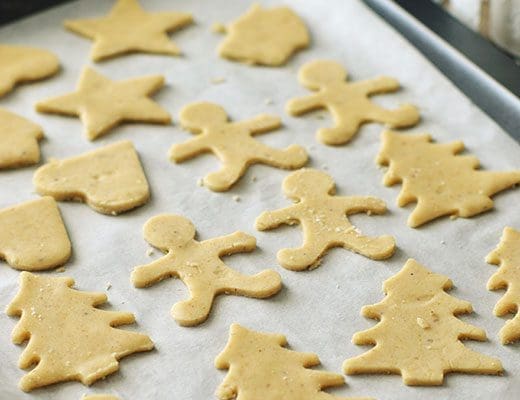K-State Research and Extension news service
Manhattan, KS — The holiday season can get busy, and being able to prepare yeast bread dough ahead of time and freeze it for later use could save time, said Kansas State University food scientist Karen Blakeslee.
Blakeslee said preparing and freezing yeast bread dough must go hand-in-hand with proper food safety practices.
“When making any kind of baked good, remember to wash your hands before and after handling flour and the dough,” said Blakeslee, who is coordinator of K-State’s Rapid Response Center.
“Raw flour has been linked to several foodborne illness outbreaks, so it is important to keep hands clean.”
“To save time during the holidays, or any time of the year, prepare yeast bread dough ahead of time and freeze into dough balls for rolls to bake later,” Blakeslee said. “The trick is using a dough with extra yeast because slow freezing can damage yeast.”
Blakeslee’s advice for safely freezing yeast bread dough includes these tips from Iowa State University Extension and Outreach:
- Increase the yeast by ¼ to ½ teaspoon per 3 cups of flour to your favorite bread recipe. Dough that has extra yeast can compensate for potential freeze damage.
- Use bread flour for added dough strength.
- Consider recipes high in yeast and sugar, and low in salt, which are best for freezing.
- Dough can be frozen 1) after kneading and before the first rise, or 2) after the first or second rise.
- Place dough in a freezer-safe package and freeze. Dough can be frozen up to four weeks.
- Thaw frozen dough in the refrigerator or at room temperature, shape, let rise and bake as directed.
Cookie dough also can be prepared and frozen to save time when baking for the holidays. Some tips for freezing cookie dough include:
- Drop cookie dough can be prepared, scooped onto a cookie sheet then frozen.
- After freezing, cookie dough can be removed from the cookie sheet and stored in freezer packaging to be baked later.
- Always remember to wash your hands after handling raw cookie dough.
Blakeslee cautioned against the urge to snack on raw cookie dough, “because of the foodborne illness risks due to eating raw flour and eggs.” Instead, she said, wait until cookies are fully cooked and cooled before enjoying.
Another holiday option: Instead of freezing dough, bake the products first, allow them to cool completely then tightly wrap them and freeze. Let them thaw in the wrapping before using.
“Rewarm baked goods with a quick zap in the microwave for that just out of the oven taste,” Blakeslee said.
Blakeslee publishes a monthly newsletter called You Asked It! that provides numerous tips on being safe and healthy. More information is also available from local extension offices in Kansas.













